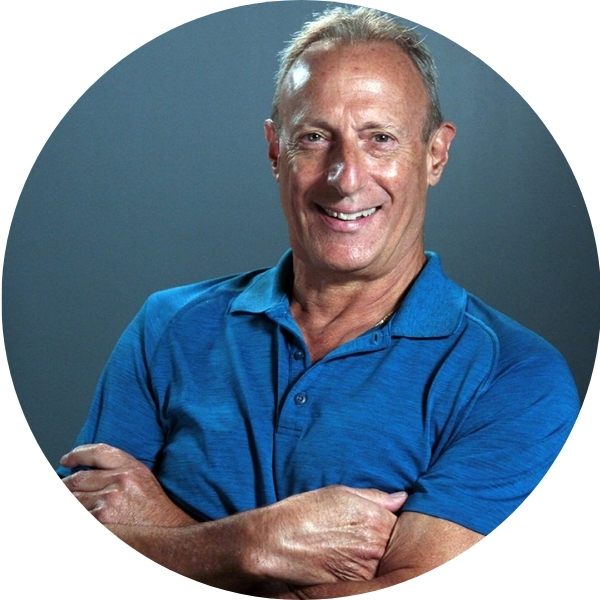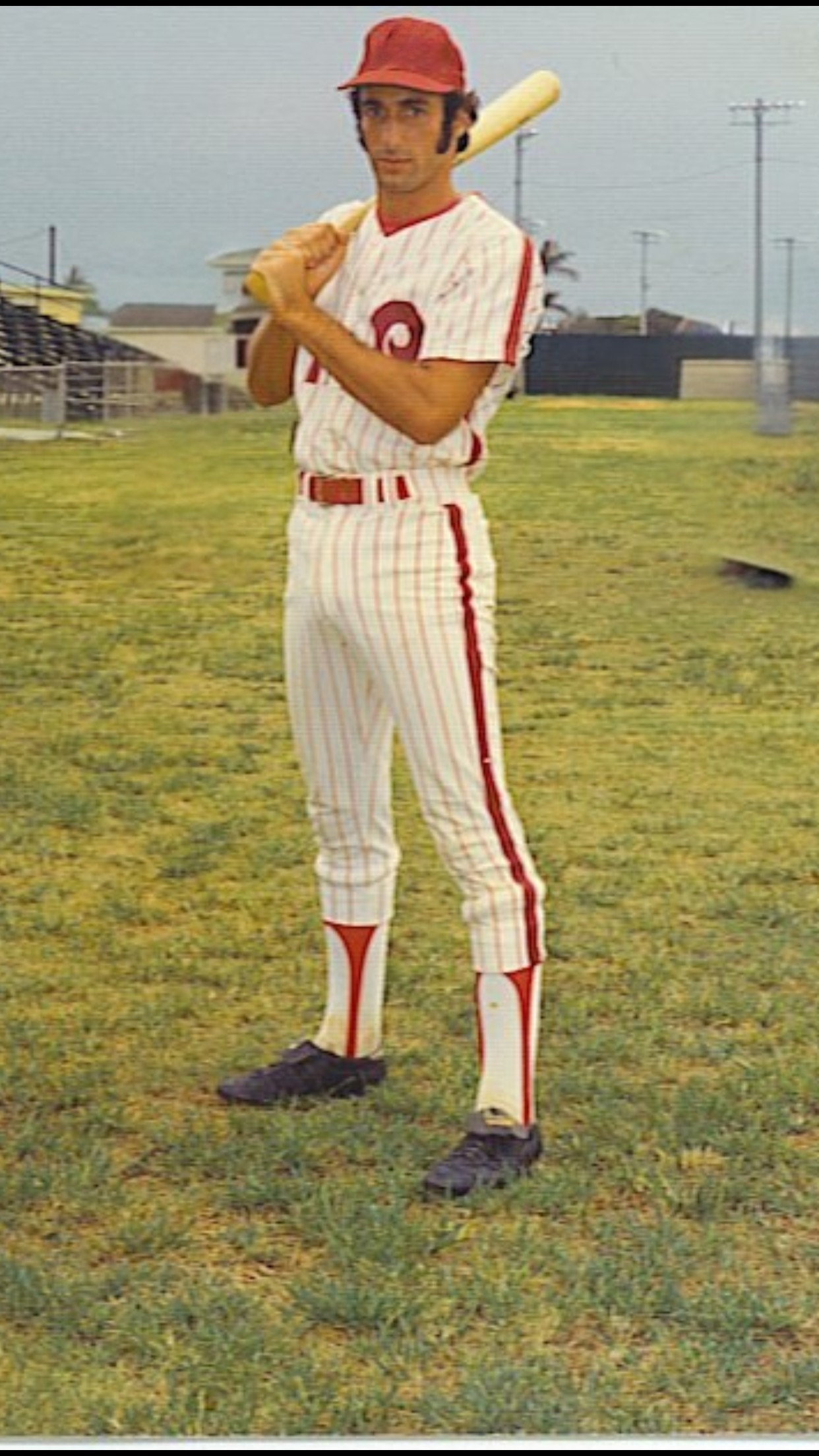Chuck Wolf’s journey began on the baseball diamond, where he experienced firsthand the physical demands and challenges of playing professionally. His time in the game sparked a deeper curiosity about how the body works, how athletes move, and why so many players face recurring injuries.
After his playing career, he pursued a Master of Science in Exercise Physiology, specializing in applied biomechanics, which became the foundation of his life’s work.
Over the past four decades, he has worked with more than 30,000 clients, ranging from youth athletes and rehabilitation patients to elite performers across Major League Baseball, the NBA, the NFL, Olympic programs, golf tours, and track and field. His ability to bridge science with application has made him a trusted resource for athletes, coaches, and organizations around the world.

I’ve been fortunate to live two incredible careers — one in baseball and another in the science of human movement. For the past 45 years, I’ve practiced as an exercise physiologist specializing in chain reaction biomechanics, working alongside neurosurgeons, orthopedic surgeons, physical therapists, trainers, and some of the world’s top movement experts. I’ve worked with athletes at every level, from youth players to professionals, and just as importantly, I’ve helped countless people dealing with chronic overuse injuries.
But in July of 2015, my career took a turn that became more than professional — it became personal. Three young pitchers, each referred to me by a different orthopedic surgeon, walked into my office all within the same day. One was in middle school, one in high school, and one in college. All three had UCL (ulnar collateral ligament) injuries. What caught my attention wasn’t just their elbows, but their hips — each had less than 30 degrees of internal rotation in the front-side hip.
I asked myself, “Could this be coincidence?” To find out, I reviewed 24 previous cases of pitchers with elbow injuries. The results were staggering — 23 of the 24 had the exact same hip restriction. At that moment, I knew this was no coincidence.
That discovery sparked something in me. I dove into the research and uncovered that nearly 70% of UCL injuries occur in players just 14 to 19 years old. That’s not just a statistic — that’s an epidemic. My curiosity turned into a deep passion, and that passion grew into a mission: to change how we teach, train, and protect pitchers so they can stay healthy.

Since then, I’ve studied thousands of video clips, evaluated over 500 elbows, and performed thousands of throwing assessments. What I’ve found is clear: tightness in the front-side hip, combined with over-striding, creates a destructive chain reaction that puts the elbow under excessive stress and time under tension. These movement faults aren’t random — they’re learned habits, built into players when they first start learning the game.
That’s why my mission is a call to action. Coaches — especially at the developmental levels — must understand the principles of human movement and how they directly influence throwing efficiency and arm health. If players are taught these principles early, we can prevent poor habits before they take root, instill proper mechanics, and significantly reduce the risk of career-altering injuries.
This is more than a profession for me — it’s a responsibility. I believe the epidemic of UCL injuries can be reduced. My mission is to provide coaches and players with the tools, knowledge, and movement-based strategies to keep arms healthy, extend careers, and allow athletes to enjoy the game they love without fear of injury.
My passion has become a mission. And that mission is a call to action.

